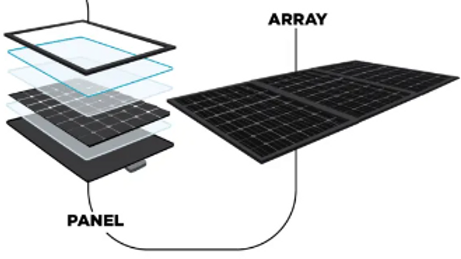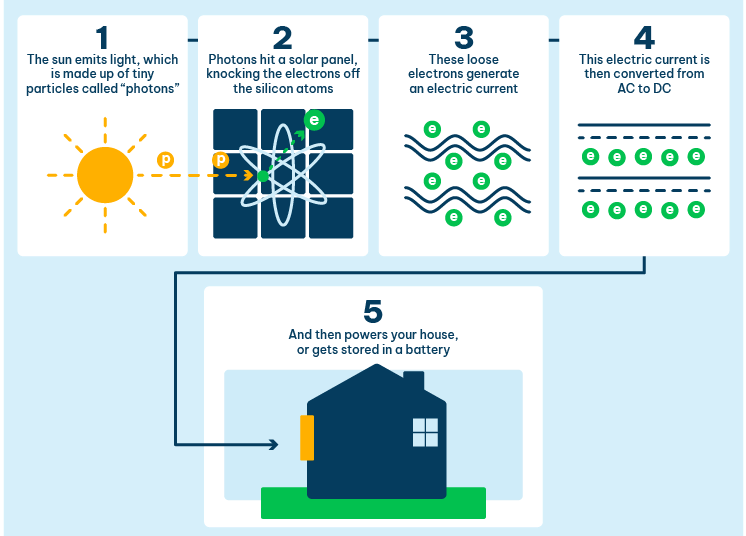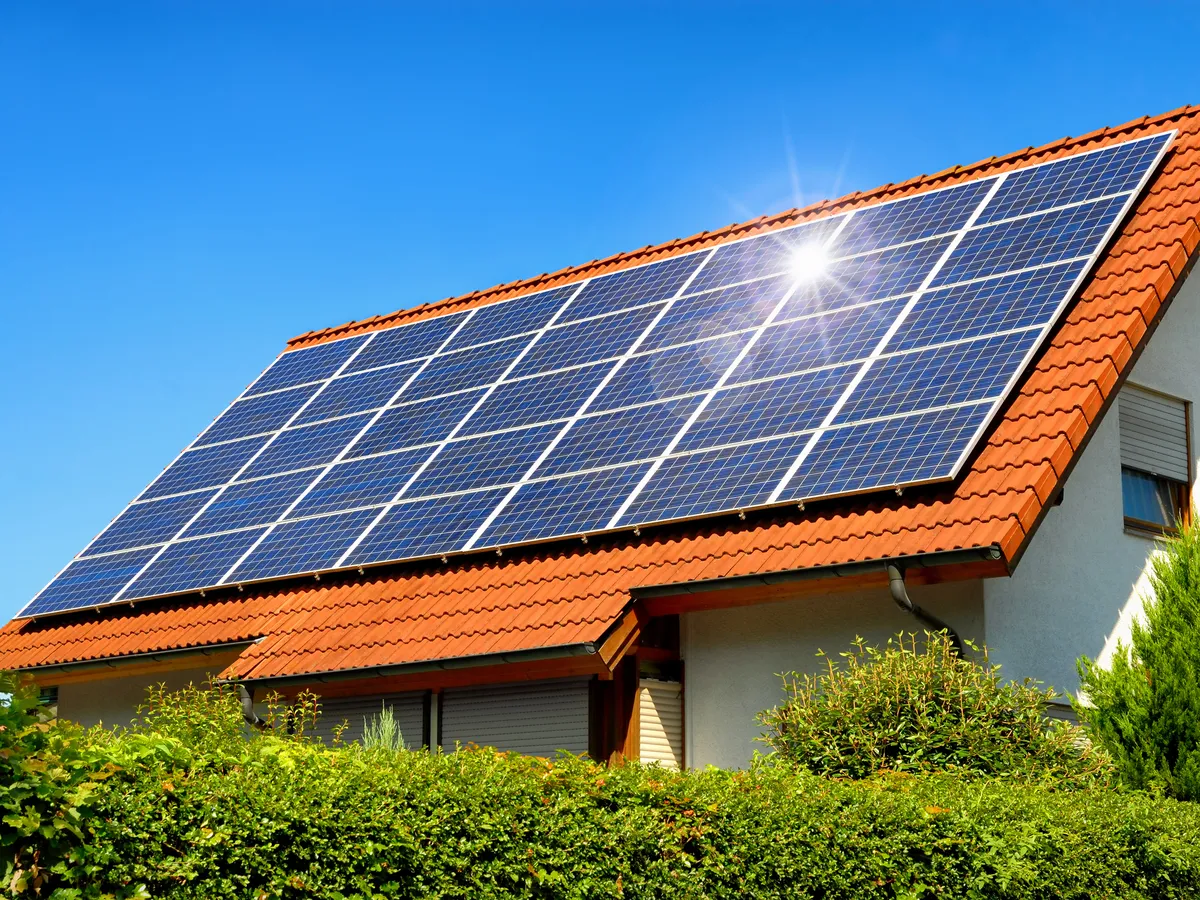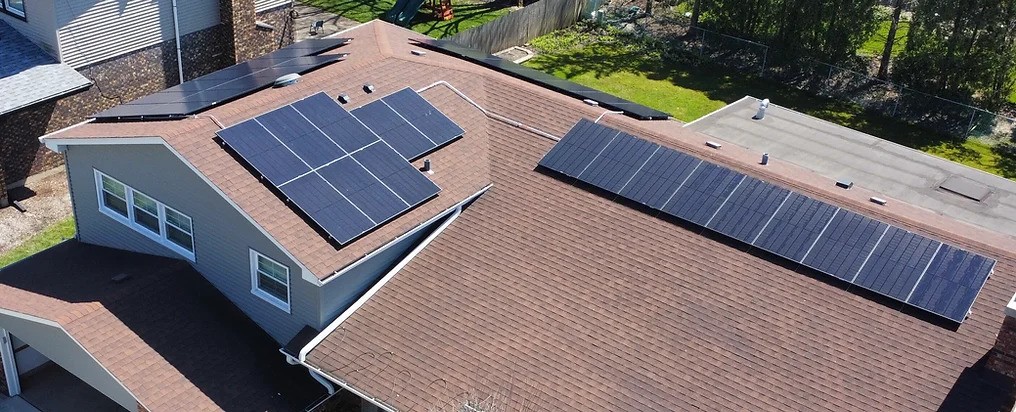Solar power is transforming how we power our homes, offering a clean, renewable, and cost-effective alternative to conventional energy sources.
On this post, we’ll explore the basics of solar energy, detailing how sunlight is transformed into electricity and the mechanics of solar panels and photovoltaic systems. Learn about solar technology with us and see how simple and advantageous switching to solar can be for your home.
What is Solar Energy?
Solar energy consists of heat and light emitted by the sun, referred to as radiant energy. This is because the sun expels a significant amount of this energy daily.
Think of the sun as an endless source of energy, showering our planet with light every day.
Solar energy harnesses this light, converting it into electricity to power our daily lives.
Using solar panels, we capture the sun’s rays and transform them into clean, sustainable power.
It’s a safe, eco-friendly way to generate electricity without harming the environment.


How Do Solar Panels Work?
An individual photovoltaic device is known as a solar cell.
In order to increase the output, cells are connected, creating a module or panel.
Multiple modules or panels connected together is called an array.
The Photovoltaic Effect
The photovoltaic (PV) effect occurs when sunlight hits a material, causing it to absorb photons and emit electrons.
Sunlight hits a semiconductor in a solar cell excites electrons, creating a direct (DC) current.
This DC is then converted to alternating (AC) current through an inverter, creating usable electricity for your household.
Unused electricity is sent to the grid, and can be credited to your energy account via net metering.






